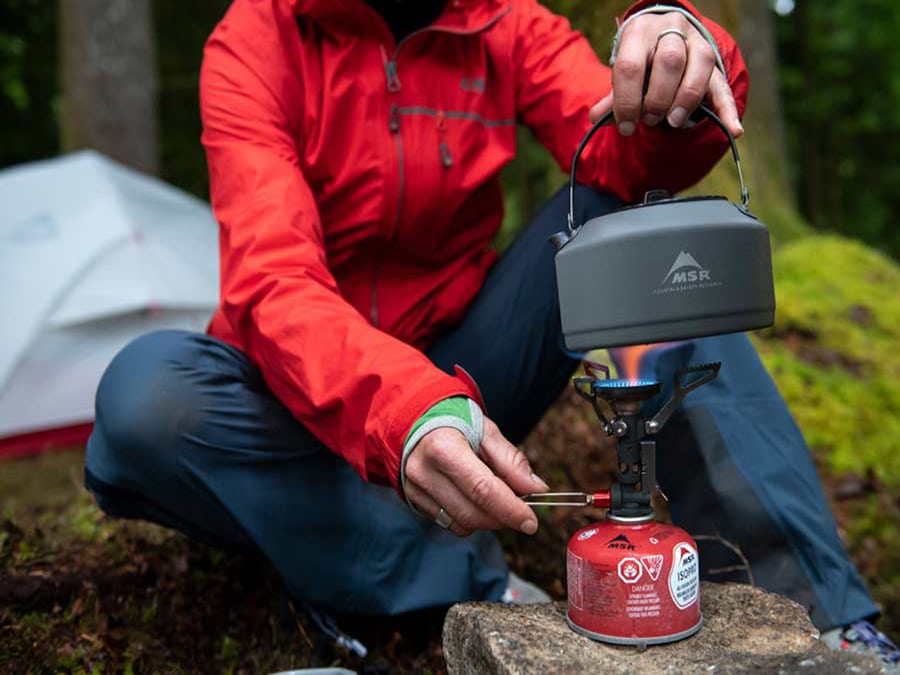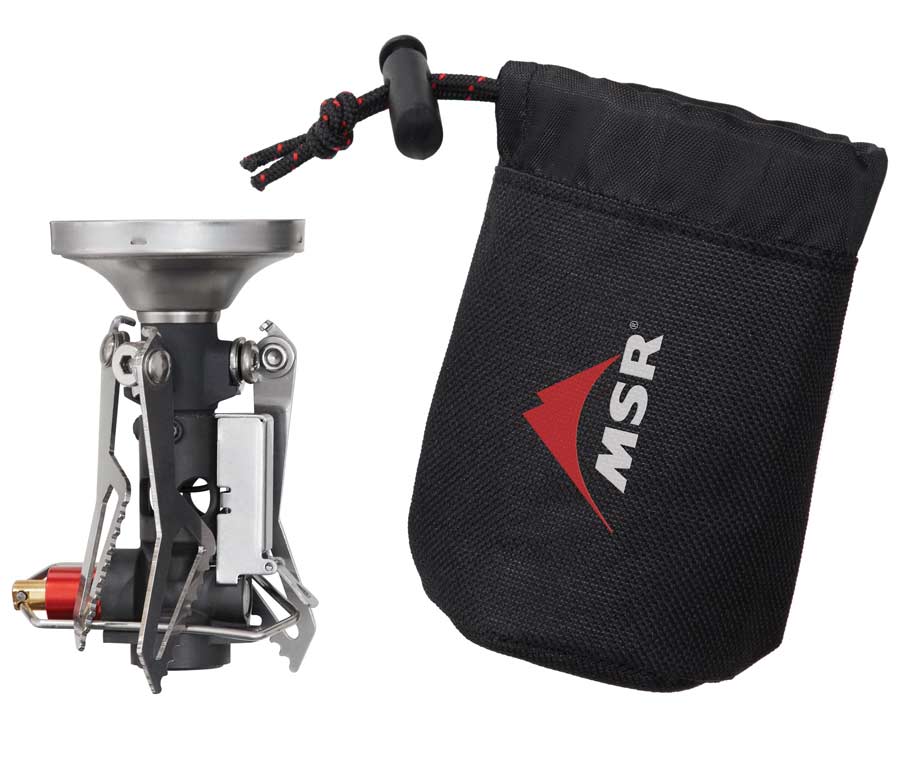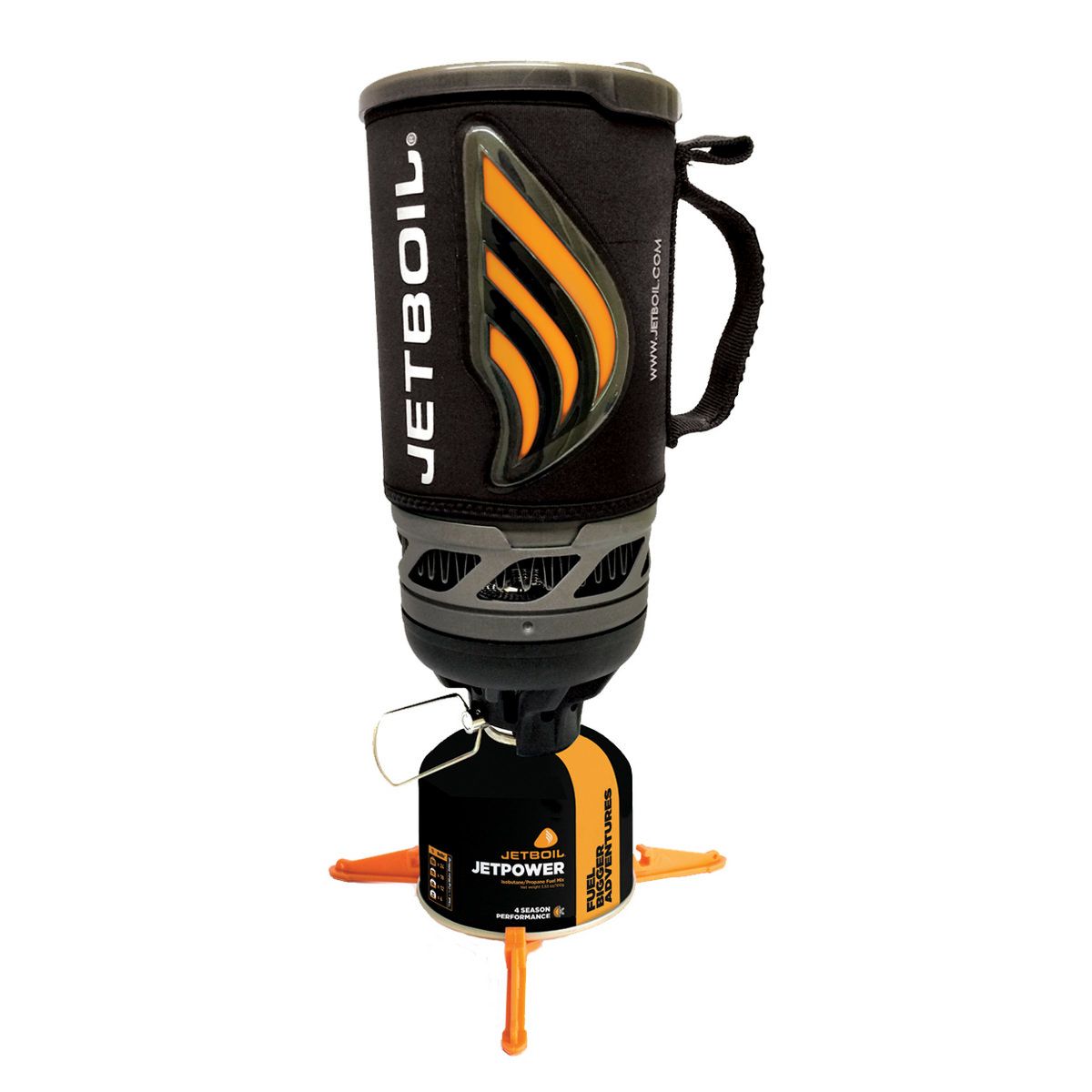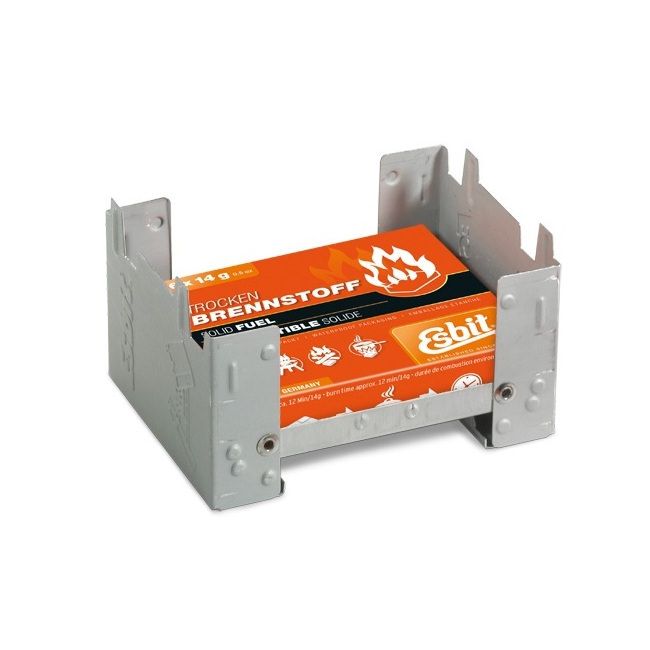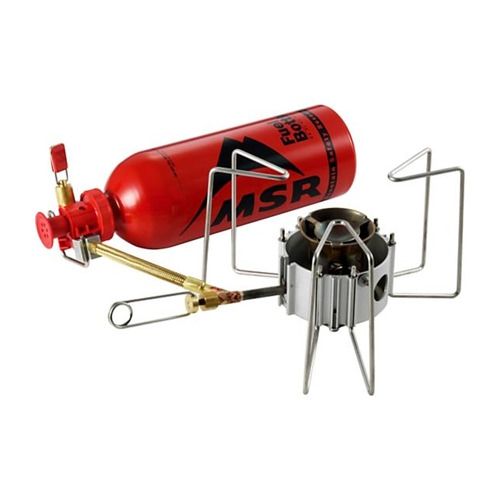Two of the most important things on a trail are cooked food and boiled water. We’ve come a long way since the days of old and using three rocks to balance a cast-iron pan or pot, and we have specialized cooking backpacking stoves and systems that’ll re-hydrate a meal, make a cup of coffee, cook some food and boil water. And all that at the turn of a valve and a push of a button.
There’s a lot of variety out there, stoves of all shapes and sizes catering to every need a type of camper might have. You’ll find ultralight backpacking stoves for backpackers that count grams, and super-stoves meant for sub-zero conditions; with a small nostalgic detour back to solid fuel stoves and alcohol stoves. A newcomer might get lost along the way, and we’re here to cut their research short with our recommendations for best stoves.
We’ll choose the best 5 and explain why we went with them. No one stove is perfect, and different campers have different preferences and opinions, and we’ll try to address those in our guide below.
Comparison Table Of Top 5 Stoves
| Name | Weight | Boil Time | Fuel Type | Image |
| Jetboil Minimo Cooking System | 14.6 oz | 2′ 15″ | Propane | 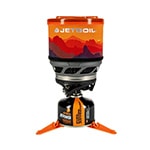 |
| MSR PocketRocket Deluxe Edition | 2.9 oz | 3’18” | Propane |  |
| Jetboil Flash Cooking System | 13.1 oz | 100 seconds | Propane | 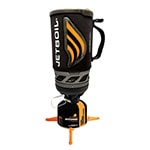 |
| Esbit Pocket Stove | 3 oz | 10+ minutes | Esbit Tablets | 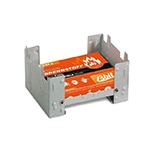 |
| MSR DragonFly Hiking Stove | 14.1 oz | 1′ 15″ | White Gas or Kerosene | 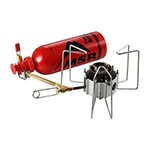 |
Jetboil Minimo 1 Liter Cooking System
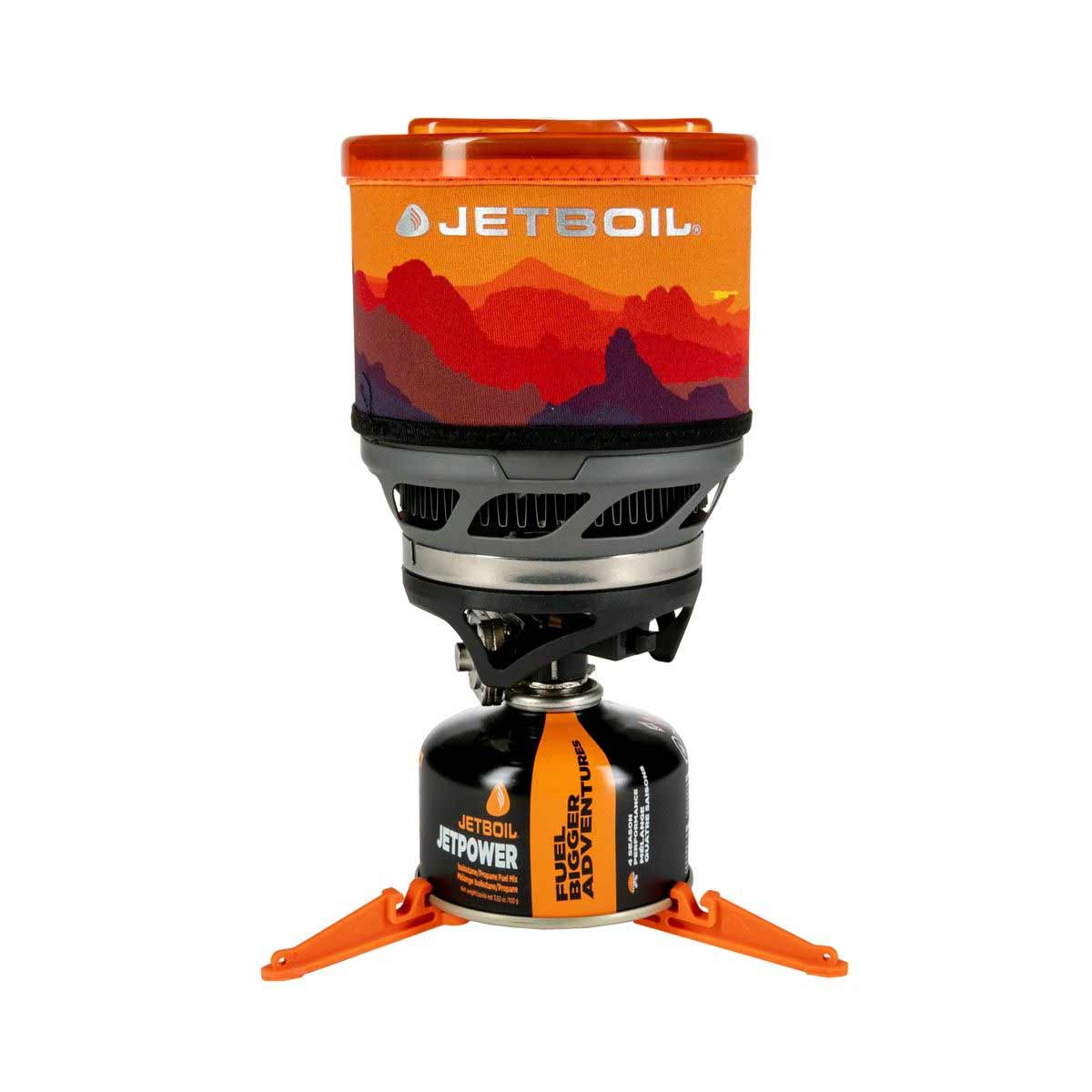
Jetboil is a well-known name in the camping stove world, and they offer an entire kit for your cooking and boiling needs out in the wild. Their backpacking stoves have an integrated windshield and integrated canister, and due to their specialized construction they’re extremely efficient, meaning they’ll cook more food or boil more water with less fuel than other, more generalized stoves.
They’re reliable, consistent, have great simmer control and a multitude of accessories like a Skillet or a Grande Coffee Press. With a boil time of 2 m 15 sec, they’re relatively fast and you’ll waste little time getting your water boiled.
As for their downsides, they have to be bought as a kit weighing 14.6 oz, and some ultralight campers might opt for a simpler but lighter option.
MSR PocketRocket Deluxe
MSR’s PocketRocket is a premium-quality ultralight stove. It can operate in all condition environments due to the pressure regulator. Being able to boil water in near freezing weather is important for 4-season campers.
It features a push-start Piezo igniter and has a broad burner head that helps with heat distribution, wind resistance and simmer control. With a boil time of about 3 minutes and a weight of 2.9 oz, this is a decent option for ultralight backpackers.
We can’t really think of any deal-breakers or downsides except that its boil time is a tad longer than some other stoves here; depending on your tempo and how many friends you have hiking alongside you, the 3.3 minute boil time might be too much.
Jetboil Flash Cooking System
Another Jetboil stove, and this one offers a very specific boon: boil water in 100 seconds. Compared to any other stove, this is extremely fast. Jetboil specifically designed the Flash Cooking System by using specialized materials and optimizing how the flame heats the cooking cup. It’s efficiency and speed are amazing and it only weighs 13.1 oz.
The cooking cup is also thermochromatic, meaning it changes color depending on how hot it gets. Just like the other Jetboil stove on this list, it’s compatible with all the accessories such as the Coffee Press and the FluxRing Fry Pan.
All in all, a great choice for almost everyone going camping except the hardcore ultralight crowd.
Esbit Pocket Stove
The Esbit Pocket Stove, weighing at about 3 oz, is a bit different than every other stove listed here; it uses solid fuel tablets to cook and boil water. It’s the lightest option (and has the lightest fuel), it’s very easy to use and takes up very little space, when fully folded it’s about the same size as a deck of cards.
It isn’t as efficient as some other stoves, and you’re looking at a lengthy 10 minutes or more to boil a liter of water, which is fine if you’re not in a hurry. It’s great for backpackers that have time to spare to cook their food and boil their water; though most ultralight backpackers value speed more than “wasting” time waiting for the water to boil.
The other downside this lightweight backpacking stove has is that the Esbit tablets leave a gummy black tar-like residue on the back of the pot.
MSR DragonFly Backpacking Stove | The All-Season Mountaineering Stove
The MSR Dragonfly is different from the other stoves on this list due to the fuel it uses. This 14.1 oz stove uses white gas or kerosene, meaning that it can be used pretty much anywhere, and in any weather conditions. Backpackers that expect some extreme conditions such as freezing temperatures or high wind are going to get the most out of this stove.
Most other propane stoves start to fail or sputter near 0° F, and the DragonFly will keep burning. The white gas and kerosene are a bit cheaper than propane, meaning you’ll save a bit of money along the way (all the fuel is very similarly priced, meaning you won’t save more than $5 per year).
The average boil time is a bit lengthier compared to some other stoves, and it sits at 3 to 4 minutes depending on the fuel used.
The downside is that it’s a bit bigger and heavier than the other stoves here, though in colder climates, there’s no other stove that’s this dependable. The other downside is that it is loud.
How to choose a good stove?
Just like everything else in life, you need to learn what your needs are and find a products that fits the bill. We’ll go over the most important parameters that help us choose which cooking system to carry with us, depending on how far we’re going, if we’re going ultralight or if we’re going camping with family, on a hike or a through-hike.
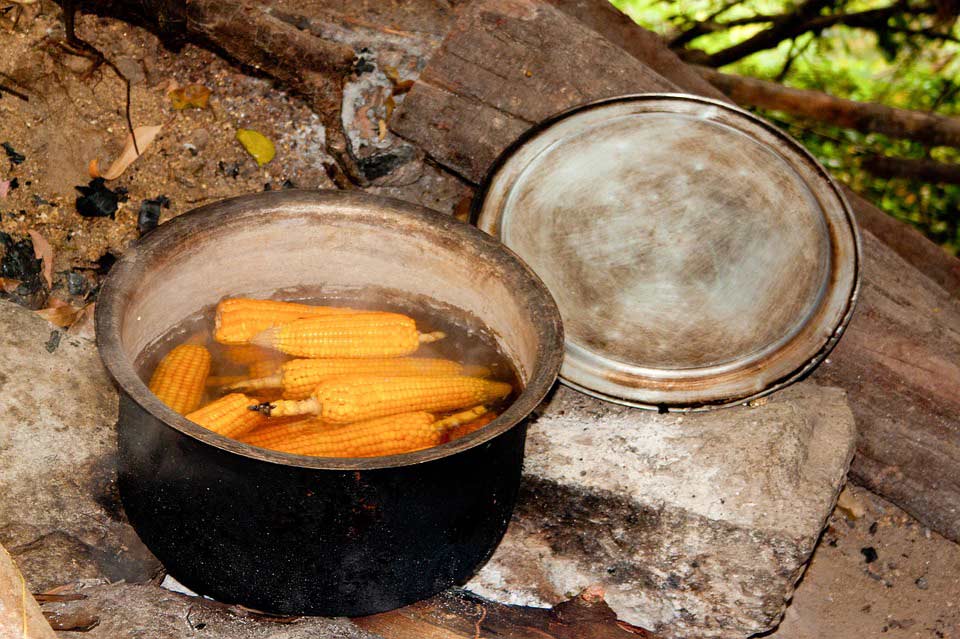
How important is boil time for you?
This is a widely debated topic online. In short, the shorter the boil time, the better and more efficient the stove is and you’ll save more time on your treks. The more efficient the stove is, the less fuel you have to carry. Some hikers aren’t as concerned with boil time and are more concerned with weight, fuel weight or budget.
Depends on the camper and the purpose of the camping trip/hike; if you’re trying to beat the clock or your own record, going with a very fast, very efficient stove is the way to go. If you’re out on the trail with your family and time isn’t at the forefront of your mind, you can get a stove that isn’t defined by its boil time.
Last but not least, regular propane backpacking stoves might not work in very low temperatures. Your needs might change depending on if you’re going hiking or mountaineering.
Our recommendation? If everything else between two great options is pretty equal, always take the faster, more efficient stove. If you’re making coffee or meals for a lot of fellow campers, you’d want to spend as little time as possible on that task.
Backpacker stove weight considerations
Weight is an important parameter, especially when you have to lug the load around mountains and trails. Depending on what level of weight you’re comfortable with, some backpacking stoves might be a better fit than others, regardless of their utility.
For example, ultralight backpackers are mostly going to choose light and small stoves like the MSR Pocket Rocket, while more casual campers will choose the Jetboil line of products. Neither of them is making a mistake; they’re just choosing different products best suited for their needs.
What’s the average price of hiking stoves?
Most quality stoves and cooking systems are from $50-$100, and they’re worth every penny. They’re usually a one-time purchase because they last quite a while.
Lower quality stoves are often a gamble that serious campers shouldn’t make with their gear. There’s nothing worse than not being able to make a cup of coffee or a meal on the trail.
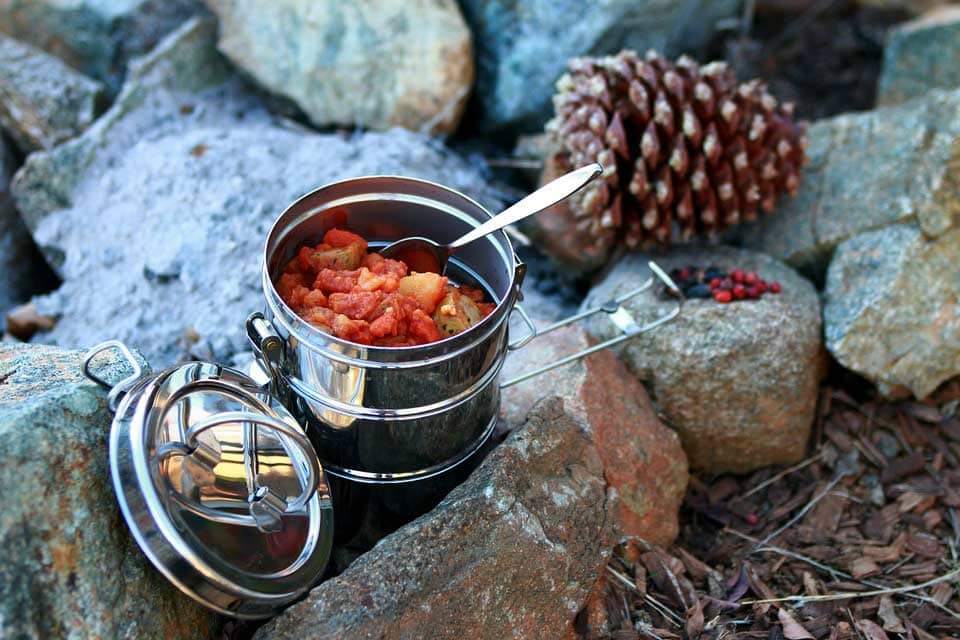
How easy to use are this lightweight stoves?
Most backpacking stoves are exceptionally easy to use, and some campers prefer stoves with integrated lighters and good simmer control. These small quality of life improvements make the trip enjoyable; and these systems of redundancy let you have a fire even if you forgot your matches.
In short, turn the valve a little bit and spark the ignition. If you’re unconvinced, borrow one from a friend and try it out in your home. Coffee brewed in a canister stove has a slightly different, stronger taste you might like.
How safe are liquid fuel stoves? Can they start forest fires?
Backpacking stoves are very safe, with propane stoves being the safest of the bunch; even in hot and dry conditions you’re not likely to start a forest fire by accident. The flame is small, very hot and controlled, and even if you have the misfortune of accidentally kicking your stove over there’s very little chance it could cause an uncontrolled fire.
If you’re being reckless and not following any safety precautions, there’s a high chance you could accidentally start a forest fire. Always be serious when working with open flames in the wild (and at home).
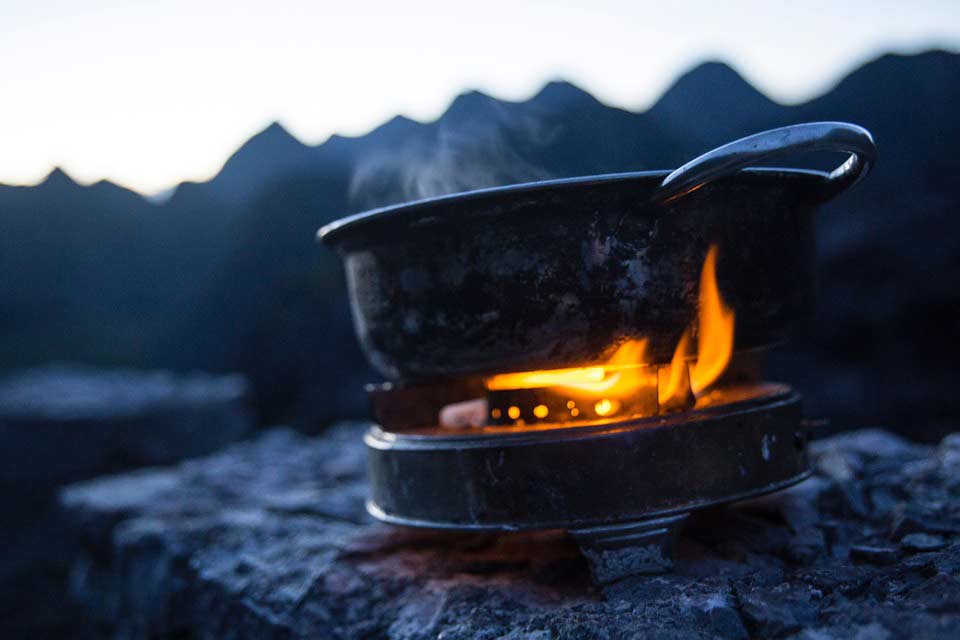
How much does hiking stove fuel cost?
In short, Propane Canisters cost from $15-$20, while a pack of Esbit tablets goes for about $8. The average price for a gallon of kerosene is about $0.80 around the world (it’s the cheapest option).
Consider what fuel you’re using and how efficient your stove is. While an Esbit stove costs little, the cost of the fuel tablets can quickly stack up due to their price and inefficiency (high boil times).
Hikers that aren’t bothered with the loud cooking of a kerosene stove can enjoy the most economic option, but in our opinion you can’t beat propane for ease of use, commonality and weight.
In short, backpackers usually opt for propane canisters or fuel tablets, while regular campers usually go for propane, kerosene and some other fuel source in a bigger canister.
Why use a stove when you can just make a small campfire?
There are many camping grounds and trails that ban the use of campfires due to forest fire risks, and the Leave No Trace principles don’t agree with making campfires outside of designated areas. It is usually illegal to cut wood down for firewood, and wood that’s already dead is often used as shelter or a home to many animals and insects.
To reduce our impact on the trail, campers are encouraged not to make natural fires, and if they do, to do it in a very controlled manner like having a fire pan, bringing their own firewood from a local store and using an existing fire pit.
It’s much easier to bring your own stove.
How much water can you boil per canister? How much canister fuel will you use?
Many people ask this question expecting that they’ll need to bring an extra fuel canister on their short trip. The truth is that most fuel containers and canister stoves have a lot more fuel than what you’ll use on your one or two-day camping trip. Best quality stoves have this statistic displayed, and they usually boil about 15 liters of water per one canister.
As a rule of thumb bring enough fuel to boil one liter of water per person, per meal. For example, the three of you will need 3 liters of water for 3 meals: meaning you’ll need to bring enough fuel to boil 9 liters of water per day. A single person can go camping for 5 days with a canister stove that boils 15 liters of water.
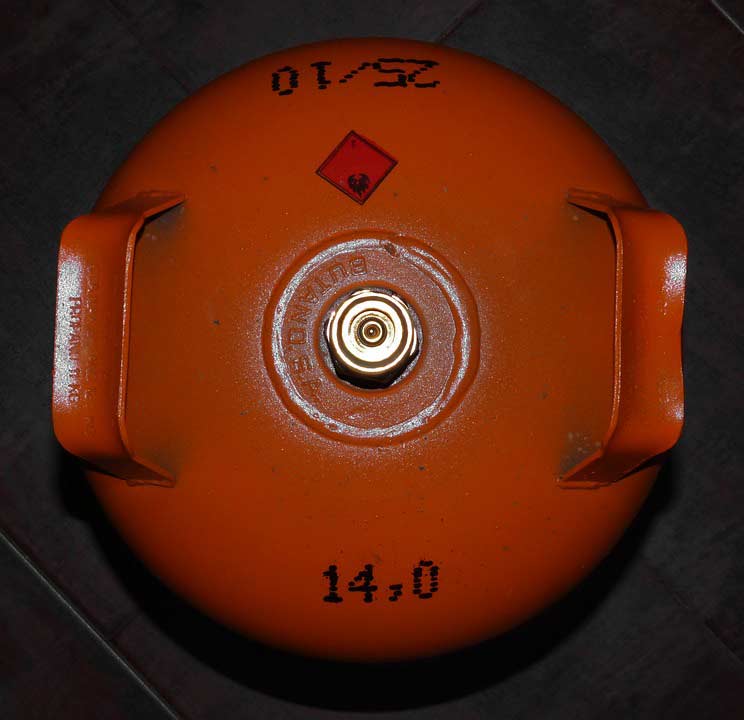
Wind performance and outdoor stove windshields
Strong winds and gusts extinguish flames, and they might sometimes prevent you from turning your stove on and keeping it on. Besides blowing the stove’s flame off, they blow away the heat that’s meant for your pot. This reduces the efficiency of your stove and wastes your fuel.
Windshields are cylindrical pieces of aluminum or plastic that shield your stove from the wind. They have a large gap for a reason, you have to leave it open so that your backpacking stoves can cool down. If you “wrap” the windshield around your stove, you might make it overheat and explode.
Will you even need a stove or a fire on your camping trip?
Some campers prefer not to bring a canister stove at all and pack their clean water and dry food (not dehydrated food that requires cooking). They’re usually only staying a night or two in the great outdoors and will be back home soon, and they might opt out of using a stove.
These are usually ultralight campers that are looking to save every possible gram and this is not recommended for beginners; beginners usually over-pack but have a comfortable enough time, and then they discard some pieces of gear they didn’t need.
For beginners, spending a considerable time in the wild is sometimes a stressful affair. You’ll get cold, dirty, hungry and grumpy. That cup of coffee or tea will calm your nerves and ground you, and that’s why we suggest that you leave the “no stove/no fire” to the experts and veteran hikers.
Conclusion
A good backpacking stove is a great investment that will keep your hikes and camping trips carefree. While not as important as a great pair of boots, a quality tent, a good sleeping bag and quality trail food, having a top quality stove will make your life easier in the great outdoors.
Worst case scenario, if your stove breaks down you can make a small fire from fallen dry branches and leaves, though we’d advise you head home and come back to the trail later if possible. If we honor the treks and respect the Leave No Trace principles, the beautiful nature we love will still be there for our kids and their kids to enjoy.
We hope that you’ve learned a thing or two and that you can now go out and buy a quality camping stove that’ll serve you well.
If you found this resource useful and know someone that might use a tip or two about hikers stoves, please share it with them via social media or send them a link.

